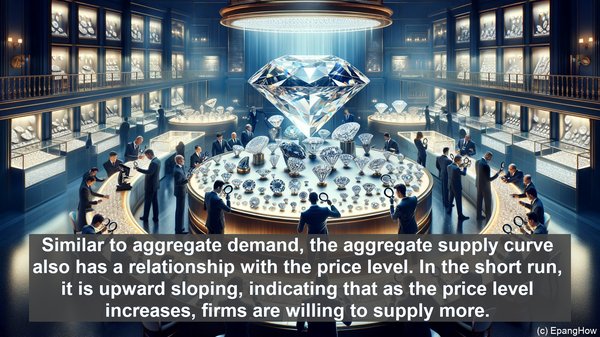Introduction: The Macro View
Hello everyone, and welcome to our article on the difference between aggregate demand and aggregate supply. When we talk about the overall performance of an economy, these two concepts play a crucial role. Let’s dive in!

Defining Aggregate Demand
Aggregate demand, often abbreviated as AD, represents the total demand for goods and services in an economy at a given price level and time. It encompasses the spending of all economic agents, including households, businesses, and the government. AD is influenced by factors such as consumer spending, investment, government expenditure, and net exports.
Understanding the Aggregate Demand Curve
The aggregate demand curve shows the relationship between the overall price level in an economy and the total quantity of goods and services demanded. It has a downward slope, indicating that as the price level increases, the quantity demanded decreases. This inverse relationship is primarily due to the wealth effect, interest rate effect, and international trade effect.
Aggregate Supply: The Production Side
While aggregate demand focuses on the demand side of the economy, aggregate supply (AS) looks at the production side. AS represents the total quantity of goods and services that all industries are willing and able to supply at a given price level and time. It considers factors such as input costs, technology, and the overall productive capacity of the economy.
The Aggregate Supply Curve
Similar to aggregate demand, the aggregate supply curve also has a relationship with the price level. In the short run, it is upward sloping, indicating that as the price level increases, firms are willing to supply more. This is because higher prices can cover increased production costs and potentially lead to higher profits. In the long run, the AS curve becomes vertical, suggesting that the economy’s productive capacity is fully utilized, and changes in the price level do not affect output.

Equilibrium: Where AD and AS Meet
The intersection of the aggregate demand and aggregate supply curves determines the equilibrium price level and output in the economy. When AD and AS are not in equilibrium, it can lead to either inflationary or recessionary gaps. Policymakers often use fiscal and monetary measures to influence AD and AS and stabilize the economy.
